I've had an incredible experience this semester with my Science class. I've developed a full physics unit on Newton's Laws of Motion, using Circus activities to hook, demonstrate and integrate the concepts. I can't wait to teach them!! I now have an integrated 10 lesson unit plan that is fun, engaging, active, and adaptable to younger or older grades. Most importantly, I LOVE what I'm learning!!
The Science of Circus
I now have the following Physics lesson plans in my teaching arsenal:
- Juggling Gravity
- Keeping it in Balance: Centre of Gravity
- Walking the Line: Balance
- What goes around comes around: Angular Momentum
- Jump Around: Potential, Kinetic, and Elastic Energy
- Slinky Physics: Energy Transfer
- Having a Ball with Newton’s First Law
- Swinging To and Fro: Pendulum Motion
- Falling with Style- Gravity, Friction, Air Resistance
- What’s that Sound? Sound Waves/ Doppler Effect/ Sound Barrier

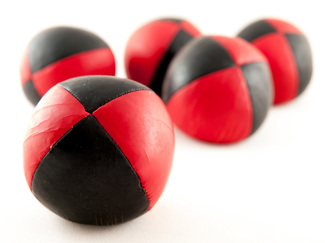
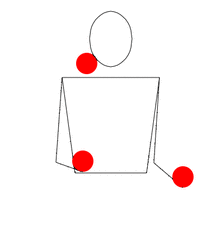
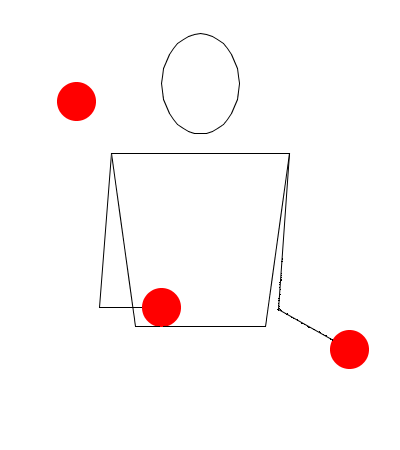
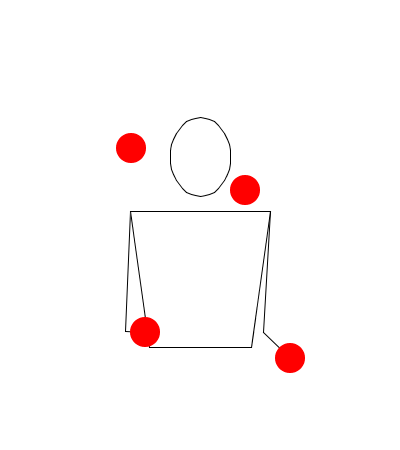
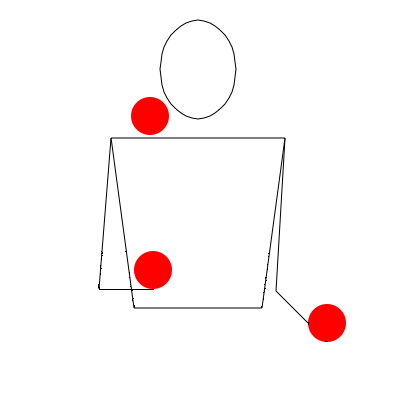

 RSS Feed
RSS Feed
